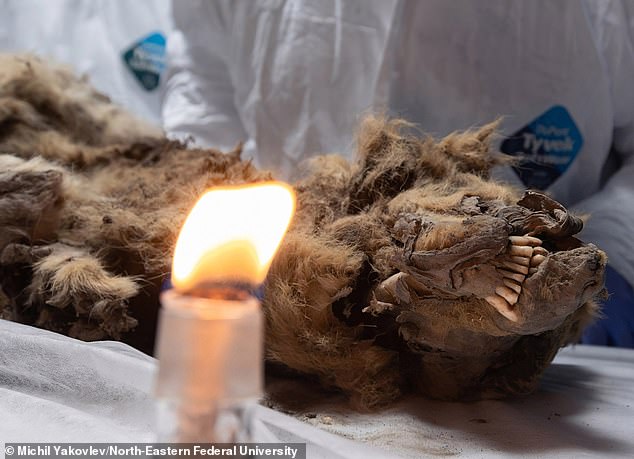- Wolf found in Yakutia, eastern Russia, preserves fur, bones and even organs
- READ MORE: Man discovers prehistoric monster off the coast of Florida
A fierce-looking ancient wolf with its fearsome teeth intact has been discovered in the Siberian permafrost after 44,000 years.
Experts say the adult male wolf found in Yakutia, eastern Russia, has incredibly preserved fur, bones and even organs, as well as teeth and bones.
He has been transferred to the Mammoth Museum Laboratory of the Northeastern Federal University in Yakutsk, where an autopsy is being performed.
Permafrost is soil that remains permanently frozen even during the summer months and can remain frozen for thousands of years.
The ancient remains found in permafrost are among the most complete ever found because the ice prevents organic matter from decomposing.
An incredibly preserved ancient wolf with its fearsome teeth intact has been discovered in Siberian permafrost after 44,000 years
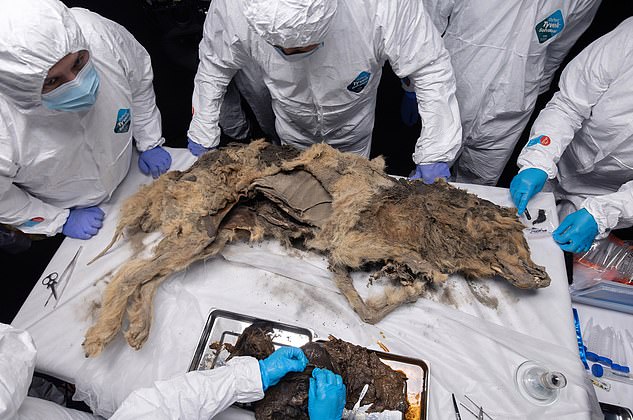
An autopsy was performed on an ancient wolf that was preserved by permafrost, the “permanently” frozen land in cold regions.
The wolf was discovered by locals in 2021 in the permafrost at a depth of about 40 meters next to the Tirekhtyakh River in the Abyi district of Yakutia, the coldest region in Russia.
Experts say it is the oldest known wolf to undergo such an autopsy, and even its stomach has survived.
“Its stomach remained isolated, without contamination,” said Dr. Albert Protopopov, head of the Department of Mammoth Fauna Study at the Yakut Academy of Sciences.
‘As a result of the dissection, we hope to obtain a snapshot cross section of the ancient Pleistocene biota.
«It was a large, active predator, and we have the opportunity to discover what it ate.
‘In addition, its stomach contains the remains of what its prey consumed.’
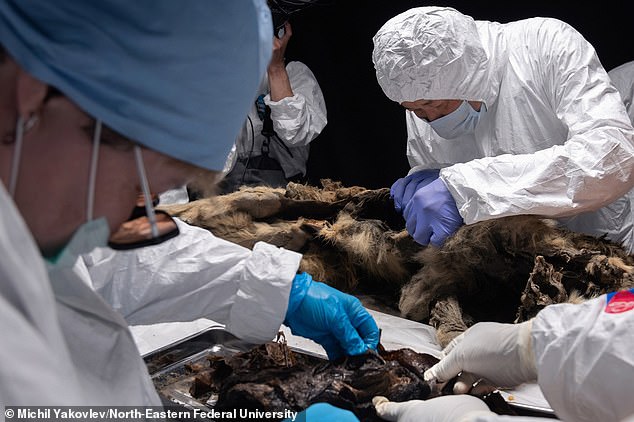
The incredible find was discovered by locals in 2021 and confirmed by experts as an adult male wolf.
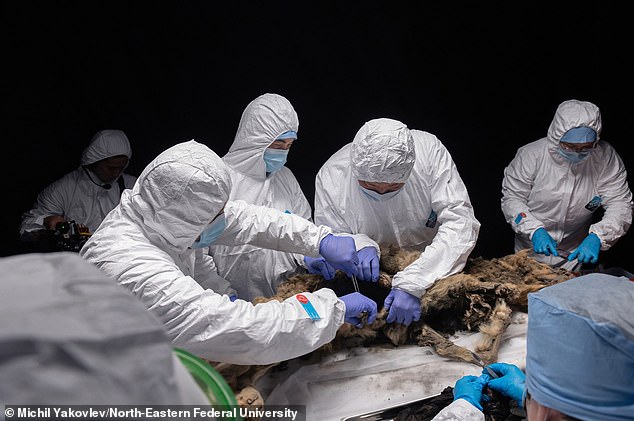
He was transferred to the laboratory of the Mammoth Museum of the Northeastern Federal University in Yakutsk, where an autopsy was performed.
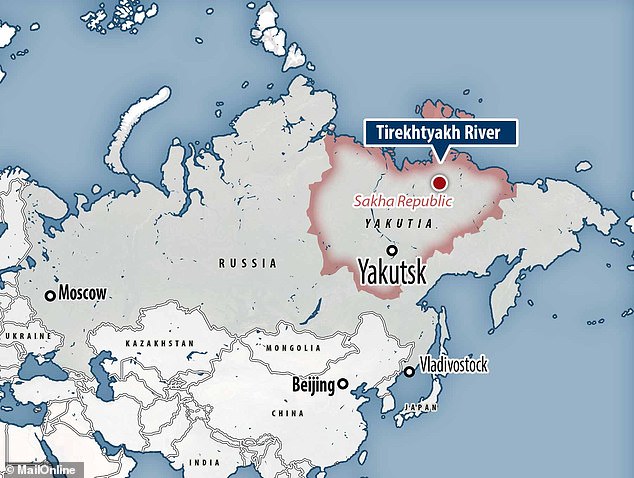
The wolf was found in permafrost at a depth of about 40 meters next to the Tirekhtyakh River in the Abyi district of Yakutia, the coldest region of Russia.
Dr. Maxim Cheprasov, director of the Mammoth Museum Laboratory, said: “We extracted a premolar (a tooth) to determine the biological age of the find.
“However, due to the wear of the teeth and the development of the sagittal crest, we can already say that it is an adult male.”
Professor Artemy Goncharov, head of the Laboratory of Functional Genomics and Proteomics at the Institute of Experimental Medicine, said such research could lead to modern benefits.
“We see that living bacteria can survive in fossil animal finds for millennia, serving as witnesses to those ancient times,” he said.
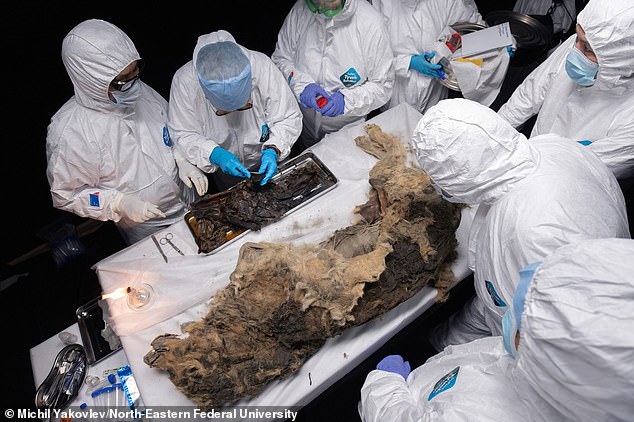
Experts say he is the oldest known wolf to undergo such an autopsy, and even his stomach has survived.
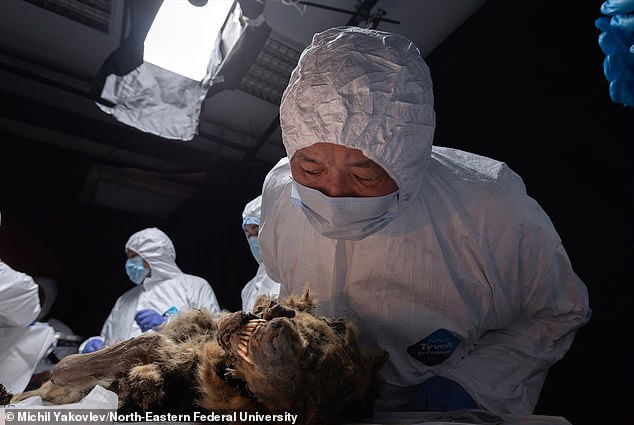
Permafrost is soil that remains permanently frozen even during the summer months and can remain frozen for thousands of years.
‘We hope to obtain good results that will allow us to better understand what ancient microbial communities were like, what role they played and how dangerous pathogenic bacteria were represented in their structure.
‘It is possible that microorganisms may be found that can be applied in medicine and biotechnology as promising producers of biologically active substances.
“Therefore, this research has a special influence on the future.”

